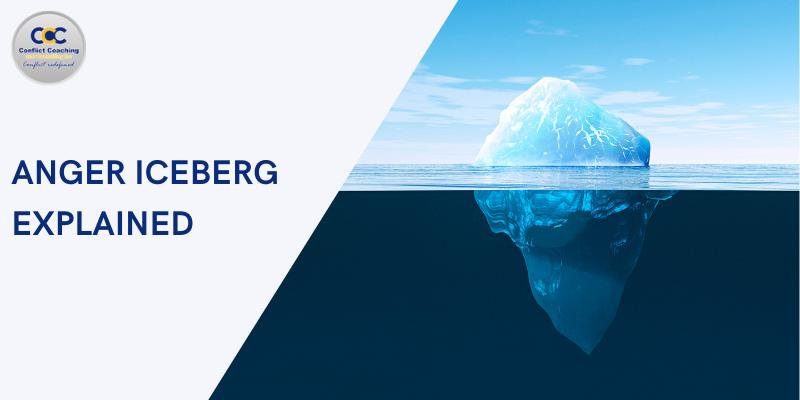
Anger Iceberg: Everything You Need To Know
The concept of the anger iceberg illustrates that while anger may be visibly expressed, there are often deeper emotions concealed beneath the surface.
These underlying feelings, such as sadness, fear, or guilt, can leave individuals vulnerable, especially if they lack the necessary skills to manage them effectively.
Exploring the hidden layers of the anger iceberg allows clients to gain valuable insight into their anger and uncover potential treatment avenues.
For instance, someone recognizing that their anger stems from jealousy may benefit from improving their communication skills. In contrast, another individual whose anger is rooted in stress might find relief by developing self-care habits.
Utilizing the Anger Iceberg worksheet offers various approaches for therapeutic intervention. It is an excellent catalyst for group discussions, helping participants to share their insights and experiences.
Alternatively, it can be used as an individual activity where clients identify and reflect on their hidden emotions. To initiate meaningful dialogue, consider incorporating the following discussion questions:
- Consider what emotions your friend might experience beyond anger if they were in a situation similar to one of your triggers.
- Reflect on the emotions openly expressed in your family or cultural background and those kept hidden.
- Envision someone adept at managing challenging emotions like sadness or fear. How do they express these feelings and cope effectively?
- Recall when you used anger to mask a more vulnerable emotion, such as hurt or shame. How did this experience unfold for you?





Responses